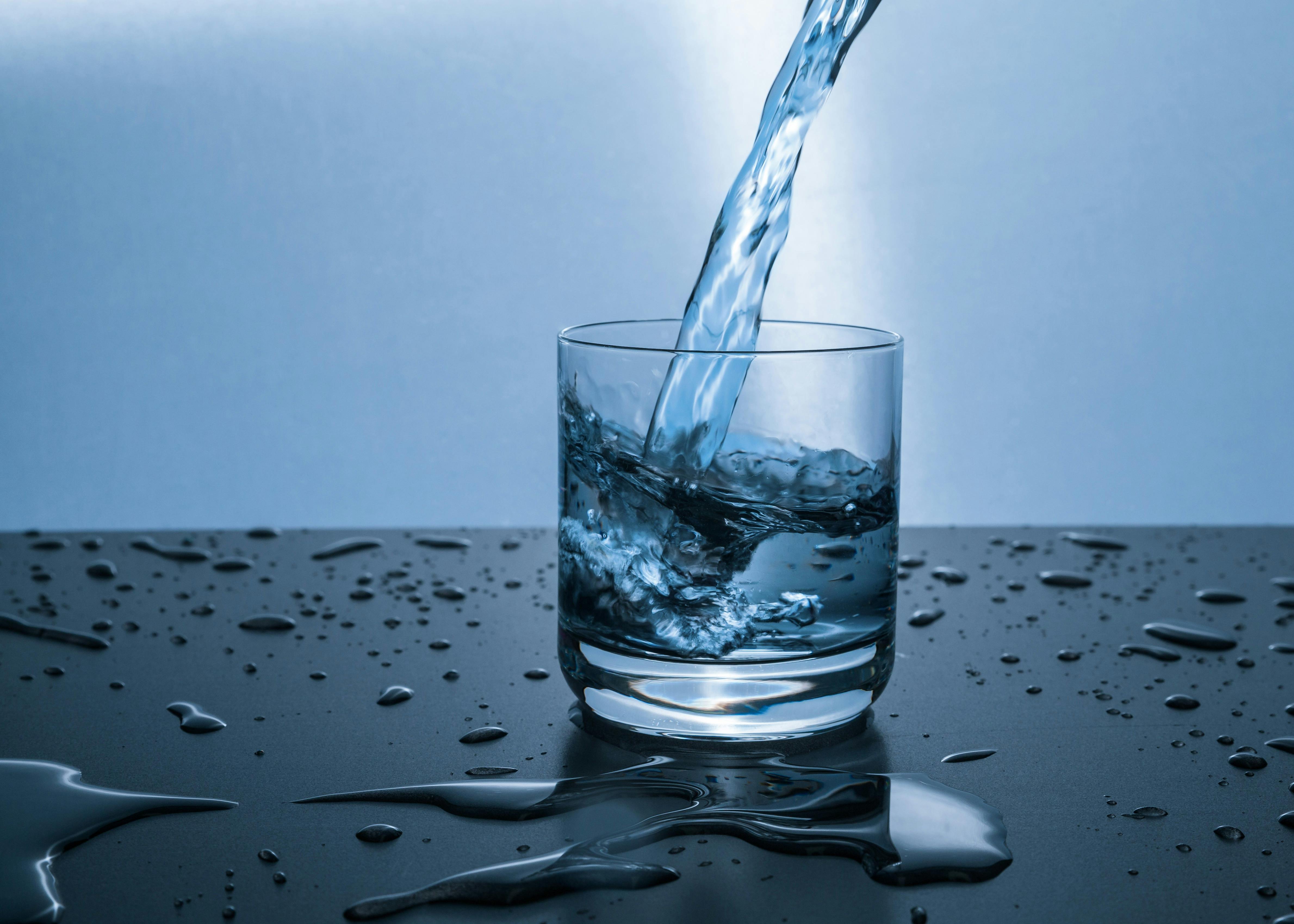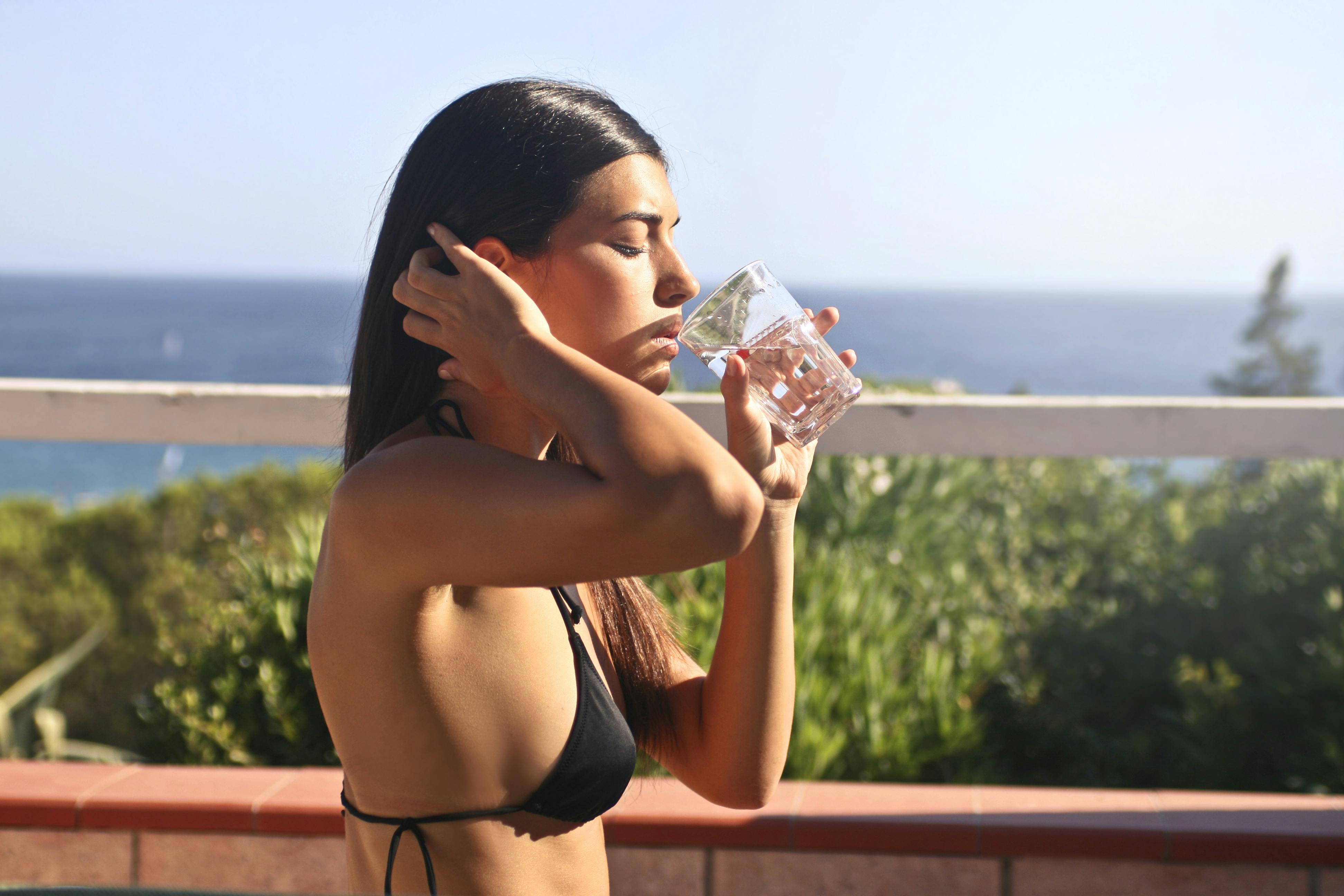Staying well-hydrated sounds simple—just drink plenty of water, right? Yet the internet is awash with sweeping rules, catchy bottle challenges, and flashy electrolyte gimmicks that can make even the most health-savvy people second-guess how much fluid they truly need. Misunderstandings matter: chronic under-hydration can sap energy, mood, and performance, while over-hydration can dilute essential electrolytes and stress the kidneys. Today we’re busting the biggest myths with current science, then guiding you toward a hydration strategy that flexes with your body, your environment, and your routine.
Myth 1: “Everyone Needs Eight Glasses a Day”
The famous “8×8” rule—eight 8-oz cups totaling about 1.9 L—has no clear scientific origin. The National Academies of Sciences, Engineering, and Medicine (NASEM) actually recommends a broader Adequate Intake: roughly 3.7 L per day for most adult men and 2.7 L for most adult women, but that includes water from all beverages and foods (NASEM, 2023). Soups, fruits, vegetables, and even cooked grains contribute fluid. Individual needs vary 1–2 L above or below those medians depending on body size, sweat rate, and ambient temperature.
Takeaway: Treat the 8×8 mantra as a starting benchmark, not a rigid prescription. Let thirst, urine color, and activity demands refine the target.
Myth 2: Clear Urine Equals Perfect Hydration
Urine color is a quick, low-cost snapshot of hydration status, but it isn’t infallible. Vitamins B2 (riboflavin) and B12, some medications, and certain foods (hello, beet juice) can skew color independent of fluid balance. In athletes, heavy sweating can push sodium concentrations upward even while urine stays pale. The American College of Sports Medicine (ACSM, 2024) advocates aiming for a light lemonade hue rather than striving for crystal-clear output all day long.
Practical check: If urine is consistently darker than apple juice, up your fluids. If it’s transparent and you’re urinating every 30–45 minutes, you may be over-doing it.
Myth 3: Water Is the Only Way to Hydrate
Yes, plain water is cost-effective, calorie-free, and eco-friendly. But studies show that milk, tea, coffee, and oral-rehydration solutions hydrate as effectively—or even more so—because the carbs, protein, and electrolytes slow gastric emptying and enhance fluid retention (Maughan, 2023). Concerned about caffeine? Up to 400 mg of caffeine daily (about four 8-oz cups of brewed coffee) shows no diuretic effect significant enough to offset its hydration contribution in habitual consumers (EFSA, 2022).
Pro tip: Combine nutrient-dense fluids (skim milk in a post-workout smoothie) with high-water-content foods (watermelon, cucumber) to boost daily totals effortlessly.
Myth 4: Sports Drinks Are Only for Endurance Athletes
Electrolyte beverages were born on the football field, but that doesn’t confine their usefulness to marathoners. When exercise or labor exceeds 60 minutes—especially in hot, humid, or high-altitude conditions—sweat loss can hit 1–2 L per hour with 0.9–1.5 g of sodium per liter (Sawka, 2022). Diluting blood sodium by replacing only water increases hyponatremia risk. A low-sugar electrolyte drink (or a homemade mix of 500 mL water, 1 pinch of sea salt, 1 Tbsp citrus juice, and 1 tsp maple syrup) can replace both fluid and minerals without excess calories.
Save the sugary sports drinks for sessions in which you need rapid carbohydrate delivery; opt for zero- or low-sugar electrolyte tablets during light workouts or everyday labor in extreme climates.

*1. Engage: Morning—check urine color to set a baseline.
*2. Explore: Mid-workday—sip 400–600 mL to offset cognitive drain.
*3. Exit: Evening—re-hydrate 1 hr before bed to aid recovery.
Myth 5: You Can’t Drink Too Much Water
While rare, water intoxication (exercise-associated hyponatremia) is real and potentially life-threatening. Symptoms include headache, nausea, confusion, and in severe cases seizures. The condition tends to occur when people drink large volumes—often >3 L in a few hours—without adequate sodium, particularly during prolonged exercise (Hew-Butler, 2023). The solution isn’t fear, but balance: drink to thirst during typical workouts, weigh yourself pre- and post-session when training exceeds 90 minutes, and replace 125–150% of lost weight over the next 2–4 hours using fluids that supply 300–700 mg sodium per liter.
Remember: If you’re sweating salt rings on your clothes or your sweat stings your eyes, you’re likely a “salty sweater” who needs extra electrolytes rather than simply more water.
Individualizing Your Fluid Plan
Your ideal intake is a moving target shaped by biology, environment, and behavior. Use the following variables to fine-tune:
-
Body mass and composition
Larger bodies hold more water. Lean tissue contains ~70% water, versus ~10% in fat tissue. A muscular client may need upwards of 0.6 oz per pound of body weight daily in hot climates. -
Activity profile
• Desk worker: Mild activity; match baseline NASEM guidelines.
• Recreational athlete: Add 0.4–0.8 L per hour of exercise.
• Manual laborer: Add 0.8–1.2 L per hour, plus electrolytes if ambient temps >27 °C. -
Climate and altitude
Humidity hinders sweat evaporation, increasing fluid loss. At 2 500 m altitude, respiration alone can raise water needs by 500 mL daily. -
Health status
Fever, vomiting, diarrhea, or medications like diuretics accelerate losses. Always follow healthcare guidance for renal or cardiac conditions that restrict fluid. -
Life stage
Older adults experience blunted thirst; teenagers engaged in sports often underestimate loss. Both groups benefit from scheduled drinking cues.
Practical Hydration Hacks
- Start with 500 mL (≈17 oz) upon waking to replace overnight respiratory water loss.
- Keep a 600–750 mL reusable bottle within arm’s reach. Track refills rather than ounces.
- Pair fluids with routine transitions—after brushing teeth, mid-morning stretch, commuting home—to build automaticity.
- Flavor water naturally: citrus slices, mint, or frozen berries enhance palatability without added sugar.
- Eat your water: lettuce (96% water), strawberries (91%), and plain yogurt (88%) turn meals into hydration allies.
- Tech assist: Set phone reminders or use smart-bottle apps if you struggle with consistency.
When to Seek Professional Guidance
Consult a registered dietitian or healthcare provider if you:
• Train >10 hours per week or compete in ultra-endurance events.
• Live with kidney, heart, or adrenal disorders.
• Experience frequent muscle cramps, dizziness, or unexplained fatigue despite adequate sleep and nutrition.
• Are pregnant or lactating; fluid demands rise by ~300 mL and ~700 mL daily, respectively.
• Take medications influencing fluid/electrolyte balance (e.g., ACE inhibitors, diuretics, NSAIDs).
A tailored hydration protocol can improve blood pressure, gastrointestinal comfort, and overall performance.
Summary: Hydration Without Hype
Optimal hydration isn’t about chugging a magic number of cups—it’s about tuning into your body’s cues and matching intake to current demands. Use thirst and urine color as daily barometers, adjust fluid volume and electrolyte content for longer or sweatier sessions, and don’t discount the value of hydrating foods. By replacing rigid rules with informed, flexible habits, you empower yourself to think clearer, move stronger, and recover faster—every single day.
Ready to put myth-free hydration into practice? Refill, sip mindfully, and let your body’s performance confirm you’re on the right track.
